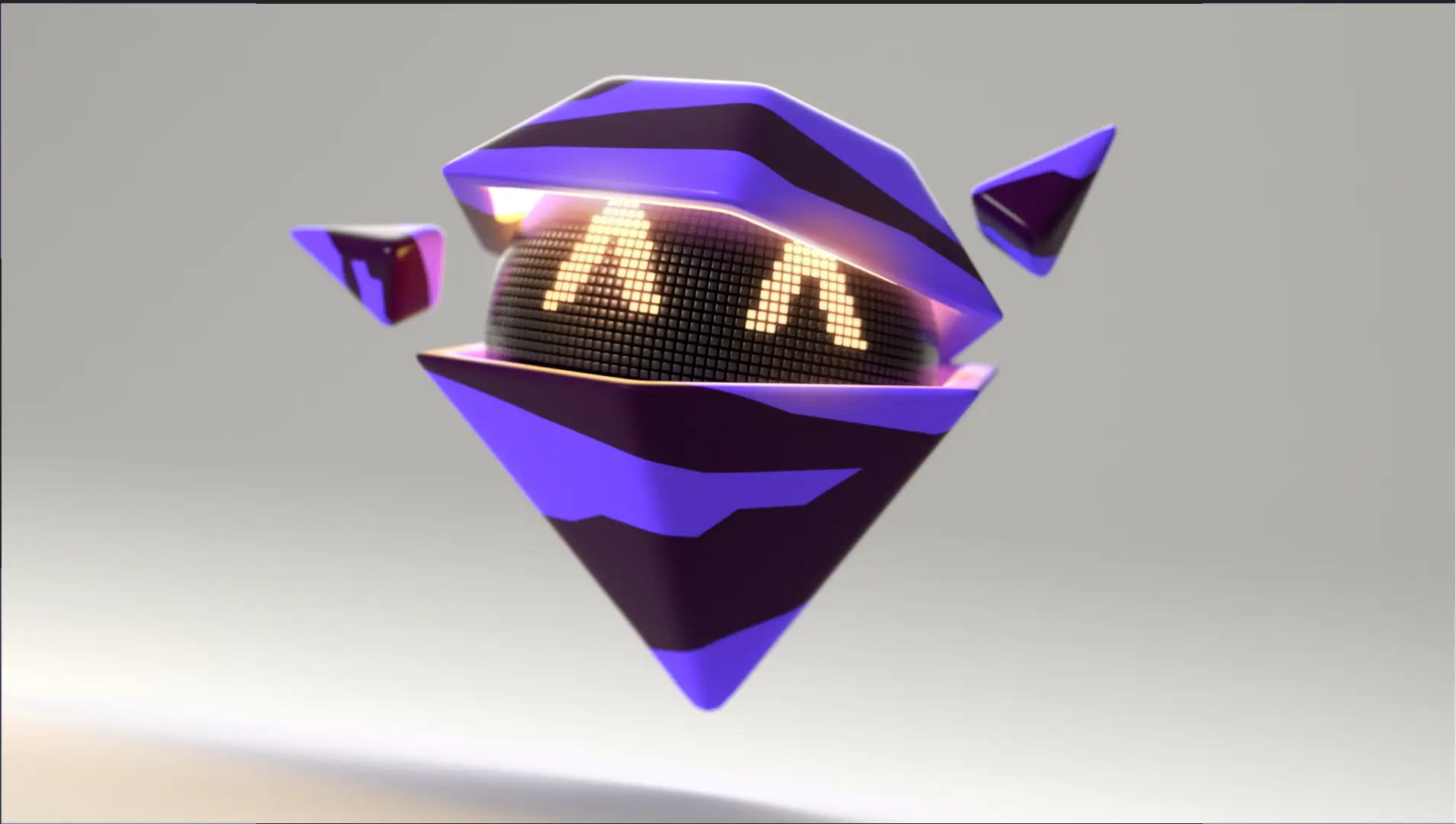Crafting compelling animated characters for brand stories
Crafting a compelling 3D brand story video represents a significant creative investment. Yet, unlocking its full potential demands a strategic focus on how it drives action and delivers measurable results . Guiding viewers effectively after capturing their attention is paramount. Employing clear, specific calls to action , rather than generic phrases, proves far more effective. Action-oriented text, carefully aligned with the viewer's stage in their journey – perhaps “ Start Your Free Trial ” for a prospect or “Download the Report” for someone seeking detail – provides precise direction and encourages the desired next step.
Evaluating the true impact of your 3D Animation Brand Video extends beyond simple view counts or likes. We rigorously measure the investment in production against the tangible value generated . This encompasses tracking increases in qualified leads driven by the video, noting a reduction in sales cycle length as prospects arrive better informed, or even observing a decrease in support tickets because features were clearly demonstrated. Presenting the offering within real-world scenarios and illustrating product integration into existing workflows makes the value proposition immediately relatable and underscores practical advantages for the audience. Furthermore, strategically weaving in elements of social proof , such as showcasing logos of recognizable clients or sharing compelling user statistics, rapidly builds trust and enhances credibility with potential customers.
Gaining a deep understanding of how viewers actually interact with the video content provides essential data for continuous refinement and optimization. Utilizing tools capable of viewer behavior tracking, like heatmaps , offers invaluable insights, showing precisely which sections capture and hold attention, which parts are rewatched for clarity, or where viewers tend to disengage and drop off. This granular look at audience interaction helps pinpoint potentially confusing moments or identify segments that could be made more compelling.
- A/B testing various components of the video yields powerful, data-backed insights into what truly resonates with the target audience and drives conversions .
- Experimenting with different thumbnail images to improve click-through rates is key.
- Testing the effectiveness of the initial seconds of content in grabbing attention is vital for retaining viewers.
- Varying the placement or wording of the call to action helps determine which approach prompts the most desired responses.
Implementing these data-informed strategies helps ensure animated brand videos not only tell a captivating story but also function as powerful tools for achieving specific business objectives , ultimately maximizing their return on investment across various platforms.
Mastering lighting techniques in 3D brand videos
Crafting a compelling visual storytelling represents a significant investment in three-dimensional artistry. Yet, its true impact and return on investment are often determined long after the final render completes. Success hinges on strategic deployment and rigorous analysis, ensuring the video resonates with its intended audience and drives tangible results for the business.
The video's conclusion is paramount; it is the moment for action. Replacing vague prompts like "Learn More" with clear, action-oriented text guides viewers effectively. Phrases such as "Start Your Free Trial," "Request a Demo," or "Download the Report" provide specific next steps. Tailoring this call relevant to the video's objective and where the viewer is in their engagement journey maximizes potential conversions.
Measuring a 3D brand video's contribution means looking beyond simple views. Teams track its cost against the value generated. This includes evaluating increases in qualified leads, noting a reduction in the sales cycle length because prospects arrive better informed, or observing a decrease in support tickets as users grasp product features more clearly from watching. Analyzing viewer behavior using tools like heatmaps reveals exactly which parts capture attention or where interest wanes, providing granular data for optimization.
• Employing real-world scenarios within product tours makes features relatable. Showing the product integrated into existing workflows demonstrates its immediate value, helping viewers envision its seamless fit into their own tasks or industry-specific challenges.
• Incorporating social proof builds instant credibility. Brief displays of recognizable company logos using the product or mentioning statistics about satisfied user numbers leverages the trust viewers have in others, reinforcing the brand's authority.
• Experimenting with different video elements through A/B testing yields significant insights. Testing variations in the thumbnail, the critical opening seconds, or the wording and placement of the final call to action helps identify what resonates most powerfully with the target audience, optimizing performance.
• Adapting content for diverse platforms acknowledges varied viewer intent and environment. A compelling 3D Brand Storytelling Video destined for a social feed needs to be concise and perhaps understandable without sound, grabbing attention instantly. Content on a product page can afford to be longer and more detailed, assuming higher viewer intent.
Strategic post-production efforts, from refining calls to action to analyzing viewer data and optimizing for distribution, are vital for unlocking the full potential of brand videos.
Strategic camera movement in 3D brand narratives
Building upon the power of three-dimensional visuals to articulate complex ideas and embody brand essence, the strategic use of camera becomes paramount in guiding the viewer's journey. Through thoughtful positioning and movement, camera work transforms a simple visual display into a compelling brand narrative, directing viewer attention and shaping perception within the created space. This deliberate choreography ensures that every frame serves the overarching communication goals, making the intangible graspable and reinforcing brand identity.
Employing strategic camera movement allows brands to showcase products or services within relatable real-world scenarios, offering viewers a practical understanding of value. Cameras can sweep through environments, zoom in on intricate details, or follow characters interacting with the offering, making demonstrations vivid and believable. The integration of elements like social proof, such as showcasing recognizable logos, is amplified when the camera subtly emphasizes these trust signals, building credibility without overt statements.
Understanding how audiences engage with visual content informs camera strategy significantly. Analyzing viewer behavior through analytics reveals where attention is held or lost, guiding adjustments to pacing and focus. Furthermore, optimizing for varying viewing environments requires tailored camera approaches; rapid cuts and dynamic movement might capture attention effectively in a short-form 3D Advertising Video on social feeds, while slower pans and sustained shots better suit detailed explanations on a product page, enabling effective platform optimization.
- Camera movement is key to guiding the eye toward clear and specific calls to action, ensuring viewers know the desired next step.
- By navigating the visual space, cameras help demonstrate how products or services integrate into existing workflows or solve specific problems.
- Highlighting integrated social proof elements through camera focus helps build immediate trust with the audience.
- Camera choices are adapted to platform nuances, ensuring the narrative remains impactful whether experienced as a dynamic 3D Advertising Video or a detailed product exploration.
Ultimately, the mindful direction of the camera in 3D narratives elevates mere visuals into powerful communication tools. These strategic choices contribute directly to engagement, comprehension, and ultimately, the measurable success of brand storytelling.
How color shapes mood in 3D animation
Beyond technical skill and compelling narratives, color wields significant power in shaping audience perception. Crafting a memorable 3D animated video involves a deep understanding of how hues evoke feeling, influencing everything from initial engagement to final action. Color palettes set the underlying tone, creating an emotional response that resonates deeply with viewers, often before a single word is spoken or a complex animation unfolds.
Strategic color application guides the eye and reinforces key messages. Consider how vibrant shades can inject energy or create urgency, while cooler tones might convey calm or professionalism. Consistency in color helps build a strong brand identity, making visuals instantly recognizable. When showcasing products in a 3D product tour, the realistic rendering of materials and lighting, heavily dependent on color, directly impacts the perceived quality and value. Using color effectively in abstract data visualizations transforms potentially dry information into an engaging, understandable experience.
Analyzing viewer behavior provides valuable insights into color effectiveness. Tools like heatmaps can reveal where eyes linger, often drawn by impactful color choices. A/B testing different color schemes within calls to action or key scenes helps optimize for desired outcomes. Adapting color palettes for various platforms and screen sizes ensures the intended mood and clarity are maintained, whether on a large monitor or a mobile device.
- Consider how specific colors can make calls to action more prominent and inviting, directly influencing click-through rates.
- Analyze viewer behavior patterns through analytics to see how color choices impact watch time and guide viewers through complex sequences.
- Utilize color subtly within social proof elements, such as highlighting logos or statistics, to enhance their credibility without distraction.
- Experiment with color variations through A/B testing to identify palettes that yield higher conversion rates or deeper engagement for a particular 3D animation video .
Ultimately, mastering color theory provides a powerful strategic advantage. Thoughtful color decisions in a 3D animation video connect with audiences on an emotional level, enhance comprehension, and contribute significantly to achieving measurable marketing goals.
Visualizing complex ideas using 3D animation
Visualizing intricate concepts asks for creative approaches, especially when aiming to connect with audiences. Building on the understanding that virtual environments set the stage and technical details can be visually translated, consider how further refinement amplifies impact. It involves strategically deploying elements that guide viewers and demonstrate tangible value, transforming complex information into clear, compelling narratives.
To ensure these animated explanations resonate deeply, integrating elements that prove effectiveness and encourage action is vital. Crafting a 3D architectural video might clarify complex building systems, while a 3D Assembly Video could simplify putting together an elaborate product. Showing real-world application makes abstract ideas relatable, allowing viewers to envision themselves benefiting from the offering.
Measuring the success of these visual tools is not just about views; it is about tangible outcomes. Tracking return on investment involves comparing production costs against gains like increased leads or reduced support queries because viewers understood features better. Analyzing viewer behavior provides granular data, revealing which parts hold attention and which might need refinement.
Incorporating social proof within a video, perhaps showing logos of satisfied clients, quickly builds trust. They can also employ A/B testing on different video elements like calls to action or thumbnails to discover what resonates most and drives conversions. Tailoring content for platforms, recognizing that short, sound-off friendly videos suit social feeds while longer forms work for product pages, optimizes reach and engagement. These steps help transform informative visuals into powerful marketing assets.
Showcasing products through 3D animation
Showcasing products through animation requires a strategic approach extending far beyond simply visualizing the item. Brands aim to guide viewers towards a clear next step, turning engagement into tangible results. This involves careful consideration of how the animation concludes and the impact it creates.
Success metrics move beyond simple views; brands keenly track the genuine business value generated. This means assessing production investment against outcomes like an increase in qualified leads or a reduction in the length of the sales cycle. They also evaluate impact on support volume, noting how enhanced feature understanding through video can decrease common user queries.
- Craft action-oriented calls to action, moving beyond generic prompts like "Learn More" to specific directives such as "Start Your Free Trial" or "Request a Demo."
- Measure return on investment by correlating animation costs with quantifiable gains in leads or sales efficiency.
- Assess how product animations contribute to fewer support tickets by clearly explaining features and functions.
- Demonstrate the product within relatable, real-world scenarios, showing seamless integration into typical workflows.
Understanding viewer interaction is also vital. Analytics tools reveal which parts of a product tour capture attention or lead to disengagement. Incorporating elements like 3D character animation interacting with the product or a compelling 3D cinematic video opening can enhance relatability and initial impact, crucial when optimizing for diverse platforms where viewer intent and environment vary greatly. Leveraging social proof, such as including recognizable client logos or user statistics, builds immediate credibility. Systematically using A/B testing on visual elements or messaging helps refine strategy for higher conversions.
Ultimately, integrating these strategic elements ensures product animations not only look good but actively contribute to business goals and viewer understanding.
The step by step 3D animation production workflow
Creating compelling 3D animation involves a detailed process. Producers translate initial concepts into visual narrative s through several key stages. This workflow moves systematically from outlining the story and visual elements to building the virtual world and bringing it to life. They begin with scripting, then proceed to asset creation, animation, rendering, and sound design, ultimately culminating in the final edit.
Beyond the technical creation, strategic considerations significantly impact a video's success. For a 3D Corporate Video, optimizing for different platforms is essential. Content designed for a social media feed might require immediate visual hooks and be understandable without sound, whereas a video on a product page can offer more depth assuming higher viewer intent.
When crafting, say, a 3D Demo Video , integrating elements that resonate with the audience is crucial. Showing product features within real-world scenarios demonstrates practical value, and incorporating social proof like recognizable client logos quickly builds credibility and trust with prospective viewers.
- Actionable calls to action and Measuring the ROI are essential for linking video production costs to tangible business value like increased qualified leads or reduced support needs.
- Analyzing viewer behavior using heatmaps and attention tracking reveals exactly which video segments hold attention or cause viewers to drop off.
- Integrating real-world scenarios and social proof, such as client logos or user statistics, builds trust and makes product tours relatable and believable.
- A/B testing different video elements, from thumbnail images to script variations or CTA wording, refines the approach for greater effectiveness and higher conversions.
By meticulously planning and executing these strategic layers throughout production, they ensure their 3D animation achieves maximum impact and drives desired business outcomes .
Ensuring high quality 3D video output
Ensuring top-tier 3D video output demands teams look beyond the creative process itself, focusing intently on implementation strategies and data analysis. Achieving high quality involves meticulous planning designed for maximum impact and truly understanding how audiences engage with content. The ultimate aim extends past stunning visuals; it centers on driving tangible results through strategic execution and constant refinement guided by performance insights.
Implementing clear, highly specific calls to action stands as a vital step. Generic prompts like "Learn More" often dilute effectiveness. Instead, teams develop action-oriented text, perhaps "Start Your Free Trial" or "Download the Report," ensuring careful alignment with a viewer's specific journey stage and the video's core objective. Measuring return on investment follows rigorously, tracking production expenditure against generated value. Key success metrics encompass increased qualified leads, reduced sales cycle length from prospects gaining clarity, and fewer support tickets as users grasp features through video. This comprehensive approach ensures resources yield meaningful returns for the organization.
Teams demonstrate product utility most effectively using real-world scenarios. Showing features within relevant usage contexts makes presentations significantly more relatable and increases perceived value instantly. Illustrating how solutions integrate seamlessly into existing workflows or directly solve problems specific to user industries greatly enhances believability. Setting up systems to analyze viewer behavior provides essential granular data.
- Analyzing viewer behavior via heatmaps and attention-tracking tools reveals precisely which segments viewers watch, rewatch, or skip, helping identify confusing points or where interest declines.
- Incorporating social proof within the video, such as brief flashes of well-known client logos or mentioning statistics about satisfied user numbers, builds credibility and trust rapidly.
- Conducting A/B tests on various video elements—including thumbnail images, the initial ten seconds of content, the placement or wording of the CTA, or even slightly altered script variations—offers potent insights into audience resonance and higher conversion drivers.
- Optimizing content for different platforms requires considering viewer intent; social feeds need instant attention often without sound using text overlays, demanding brevity, whereas a product page video assuming higher intent can be longer, ideal for a detailed 3D Explainer Video or demonstrating complex internal mechanics where a 3D Exploded View Video proves invaluable.
Achieving consistently high quality output hinges on blending creative excellence with a diligent, data-driven strategy, maintaining a sharp focus on audience engagement and measurable business outcomes.
Designing immersive worlds for 3D brand narratives
Creating believable digital spaces captivates viewers, drawing them into a brand's story. Designing these immersive worlds involves more than just visuals; it requires strategic planning to ensure the narrative guides and motivates action. We build experiences where viewers not only witness a product or service but understand its place and value in their own world.
Guiding viewers effectively is paramount. Clear calls to action at key moments direct the audience journey. These should move beyond generic phrases, using action-oriented text relevant to the viewer's point in their engagement path. Measuring the impact of these narrative investments provides crucial insight. Tracking key metrics like qualified leads or reduced support inquiries demonstrates tangible value generated by the animation, connecting creative output to business outcomes.
Analyzing how viewers interact within these designed environments reveals valuable data. Tools like heatmaps show where attention is held or lost, pinpointing confusing segments or areas needing refinement. Incorporating social proof, like subtle mentions of trusted clients or user statistics, organically within the narrative builds credibility quickly. Furthermore, A/B testing various elements, from initial scenes to call-to-action wording, allows creators to optimize for maximum audience resonance and conversion on different platforms.
Optimizing content for diverse platforms is essential. A 3D Flythrough Video designed for a website might differ significantly from content tailored for a social feed, requiring adjustments in length, pacing, and the use of elements like text overlays for sound-off viewing. A 3D Industrial Animation explaining complex machinery needs clarity that translates across devices. Tailoring the immersive experience ensures it connects with the intended audience wherever they are encountered.
- Design worlds showcasing products in relatable scenarios, illustrating workflow integration.
- Use viewer behavior analysis to refine narrative flow and identify drop-off points .
- Tailor content strategy, including calls to action, for specific platform contexts and viewer intent.



































